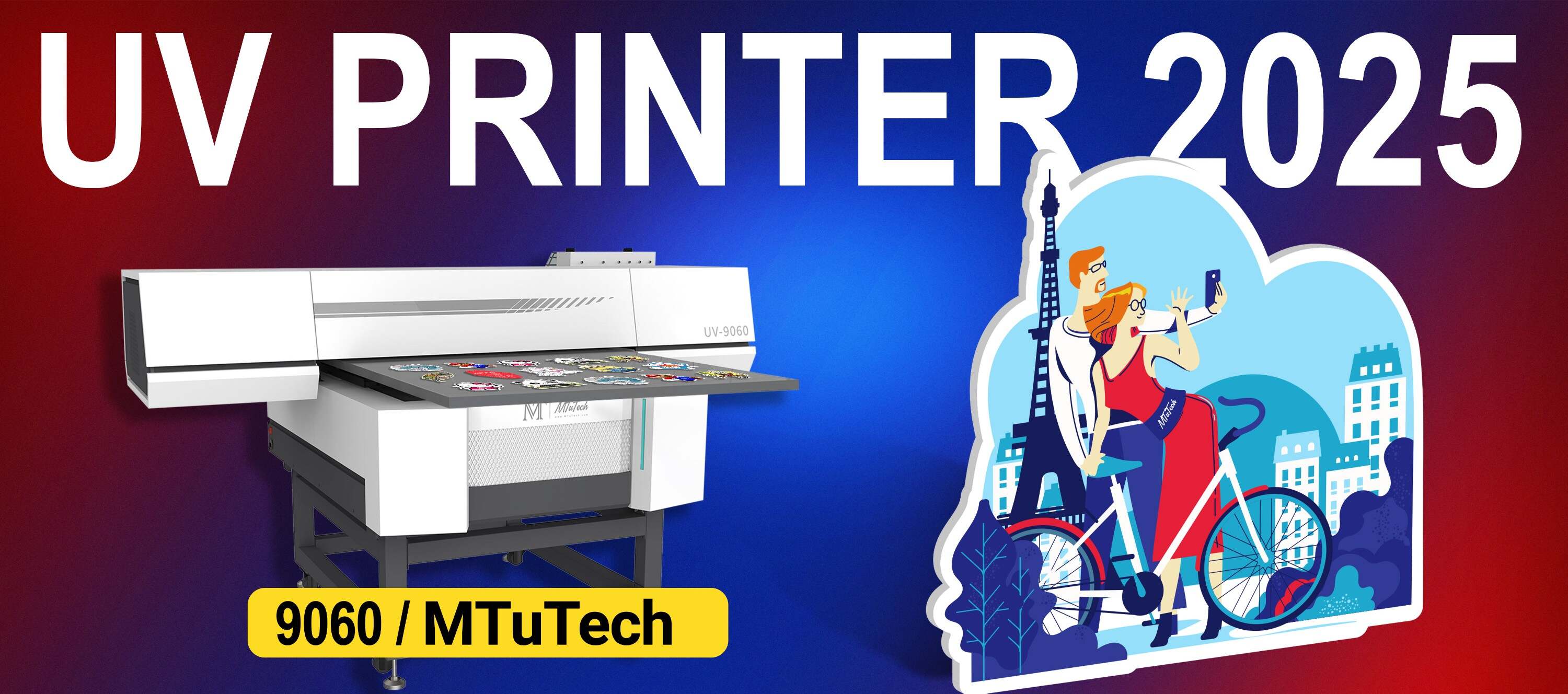Introduction
In today's environmentally aware society, businesses are increasingly embracing sustainability, especially in fields like printing. Setting up an eco-conscious UV printing studio not only demonstrates your commitment to the environment but also aligns with consumer expectations for responsible practices. This blog post will guide you through the essential steps to create an eco-friendly UV printing business, highlighting benefits, features, and practical tips for success.
Understanding UV Printing
UV printing, or ultraviolet printing, utilizes UV lights to cure ink as it is printed. Unlike traditional printing methods that rely on solvents, UV printing uses fewer volatile organic compounds (VOCs), making it a more sustainable choice. The process produces vibrant prints on a variety of materials while being more eco-friendly.
Benefits of Eco-Conscious UV Printing
Transitioning to an eco-conscious UV printing model offers numerous benefits that enhance both business operations and environmental responsibility. Here’s what you stand to gain:
Reduced Environmental Impact: Lower emissions and waste contribute to a healthier planet.
Cost-Effective: UV printing eliminates drying times, reducing production costs.
High-Quality Prints: UV printing offers vibrant color and high resolution on a variety of substrates.
Market Differentiation: Eco-conscious branding can attract environmentally-minded customers.
Essential Features of an Eco-Conscious UV Printing Studio
When setting up your studio, consider these key features to ensure it operates sustainably:
1. Energy-Efficient UV Printers
Investing in energy-efficient UV printers is crucial. Look for models that have energy-saving features, such as:
Low energy consumption during operation
Eco-mode settings for reduced energy usage
Durability, reducing the need for frequent replacements
You can explore our high-quality UV printers here that prioritize energy efficiency and sustainability.
2. Eco-Friendly Inks
Choosing inks that align with your sustainability goals is vital. Look for:
Water-based inks that produce fewer harmful emissions
Low-VOC (volatile organic compounds) inks that minimize environmental suffering
Biodegradable inks that break down more naturally
3. Sustainable Materials
Selecting substrates and materials for printing that are eco-friendly can enhance your studio's imprint on sustainability. Consider sourcing:
Recycled paper and cardboard
Biodegradable plastics
Sustainable textiles for printing
4. Waste Management Systems
Implementing effective waste management systems helps reduce waste and promote recycling. Key components include:
Separate bins for recycling, compost, and trash
Regular audits of waste to identify recycling opportunities
Partnerships with companies that specialize in recycling printing materials
Creating an Eco-Friendly Workspace
An eco-conscious printing studio not only relies on materials and machinery but also on the overall working environment. Make the following adjustments to your workspace:
1. Renewable Energy Sources
If possible, consider investing in renewable energy sources, such as solar panels, to power your studio. This can significantly reduce your carbon footprint and lower electricity costs in the long run.
2. Ergonomic Design
Design your workspace to promote employee well-being. An ergonomically designed space considers:
Comfortable workstations that minimize strain
Good ventilation to reduce exposure to fumes
High-quality, adjustable lighting to lessen eye strain
3. Promote a Green Culture
Encourage eco-friendly practices among your employees. This can include:
Regular training on the importance of sustainability
Encouraging resource conservation (e.g., turning off equipment when not in use)
Incentives for employees who suggest successful eco-friendly initiatives
Marketing Your Eco-Conscious UV Printing Studio
To attract eco-conscious consumers, you need to effectively market your studio’s sustainable practices. Here are strategies to promote your eco-friendly services:
1. Build a Strong Brand Identity
Your branding should reflect your commitment to sustainability. Use eco-friendly packaging and include your mission statement on your website and social media platforms.
2. Utilize Social Media
Leverage social media to share your eco-friendly initiatives. Regularly post updates on:
New sustainable products
Behind-the-scenes looks at your eco-conscious practices
Customer testimonials highlighting your services
3. Customer Education
Educating your customers about the benefits of eco-friendly printing can lead to increased sales. Provide them with:
Informative blog posts on sustainability
Guides on how they can help reduce their carbon footprint
Workshops on eco-friendly printing practices
Conclusion
Setting up an eco-conscious UV printing studio is not only a responsible business choice but also a profitable one. By investing in the right technology, materials, and workspace, you can significantly reduce your environmental impact while appealing to the growing market of eco-aware consumers. By embracing sustainability, you position your printing studio as a leader in responsible printing solutions and contribute positively to the planet.
FAQ
What is UV printing?
UV printing is a technique that uses ultraviolet lights to cure or dry the ink as it is printed. This process results in vibrant colors and allows for printing on a wider variety of materials compared to traditional ink drying methods.
Why choose eco-friendly inks for UV printing?
Eco-friendly inks, such as low-VOC or water-based inks, are less harmful to the environment and human health. They produce fewer emissions and contribute to a cleaner, safer working environment.
How can I ensure my UV printing studio is sustainable?
To ensure sustainability, invest in energy-efficient equipment, utilize eco-friendly inks and materials, establish proper waste management systems, and promote a green culture among your employees.
Is eco-conscious printing more expensive?
While the initial investment in eco-friendly technology and materials may be higher, the long-term savings in energy costs, waste reduction, and increased brand loyalty can make it financially viable.

